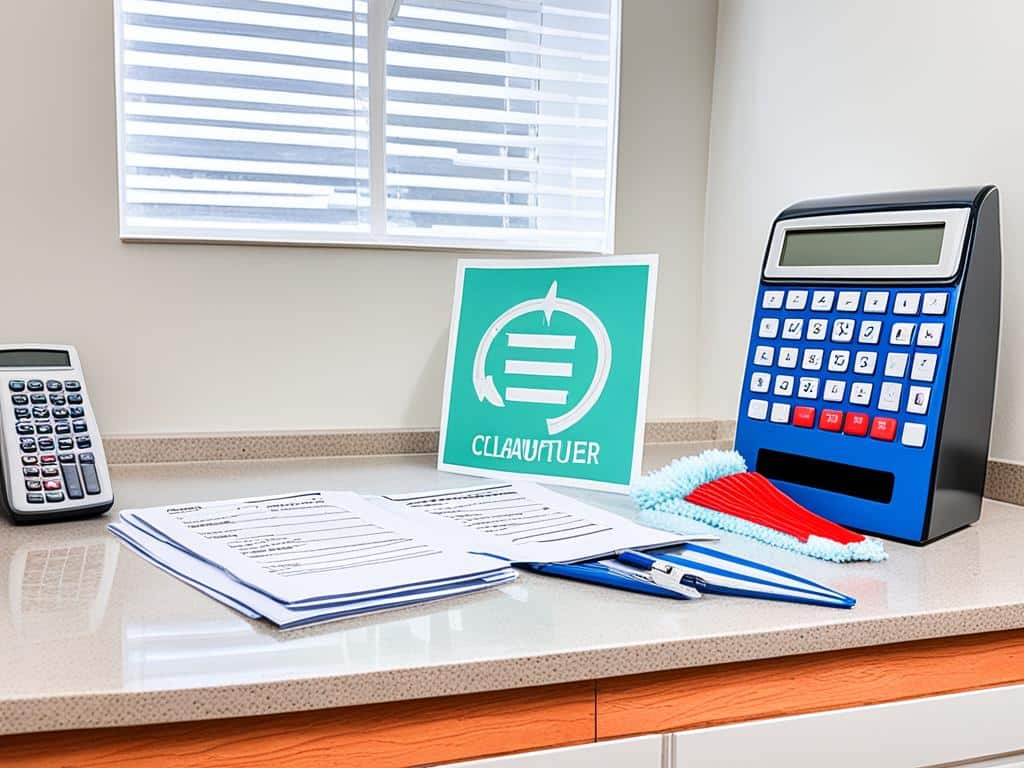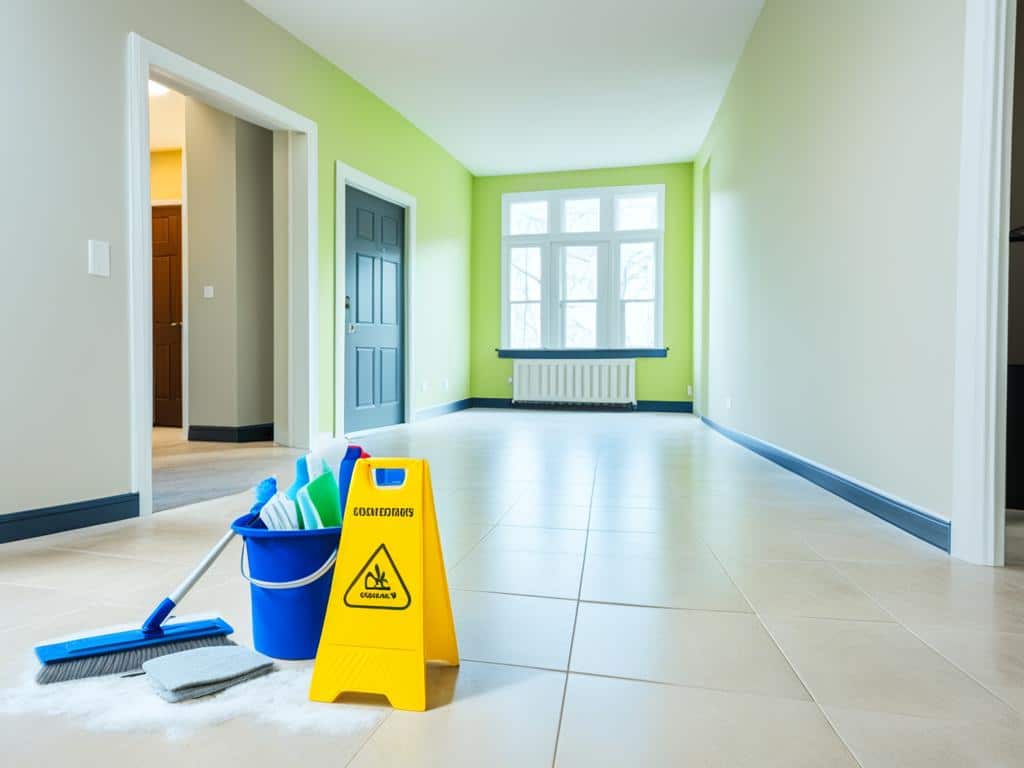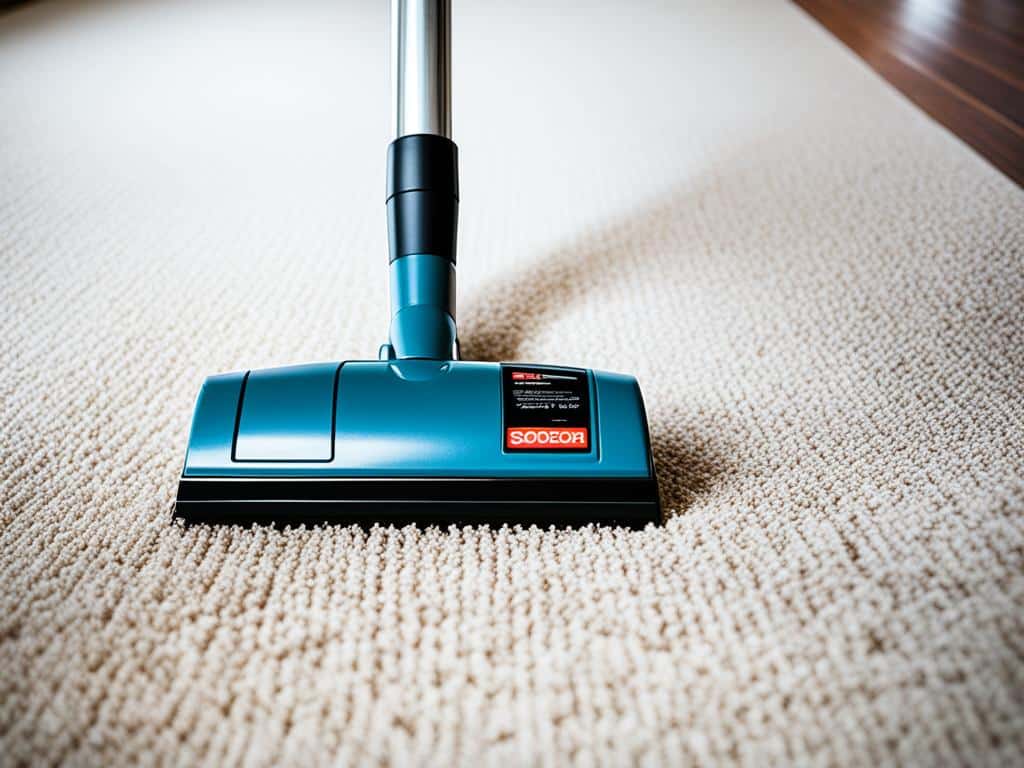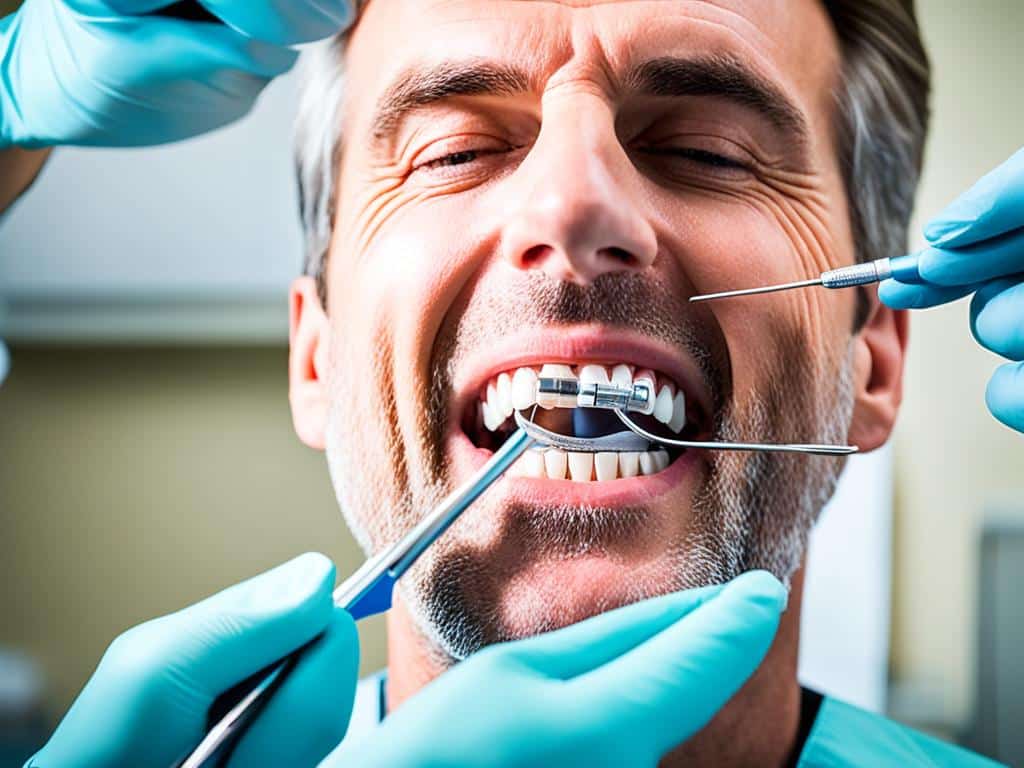
Ever wondered why your dental routine might not be enough to keep gum disease at bay?
A periodontal cleaning, also known as scaling and root planing, is essential for effective gum therapy. This deep cleaning tackles plaque and tartar both above and below the gumline.
This procedure is crucial for periodontal maintenance, providing the necessary care to halt the progression of gum disease. Ignoring these issues could lead to severe dental health problems like periodontitis and tooth loss.
Understanding the importance of periodontal cleaning can help you maintain optimal dental health, preventing serious complications. So, next time you’re at your dentist’s office, don’t shy away from discussing gum therapy and its benefits.
Understanding Periodontal Disease
Periodontal disease includes various inflammatory conditions impacting the tissues around your teeth. Recognizing this condition is vital for maintaining your oral hygiene and overall health.
Signs and Symptoms
Common indicators of periodontal disease are swollen, tender, or bleeding gums. Persistent bad breath and loose teeth also signal potential issues. Identifying these symptoms early can prevent further complications associated with gingivitis and other forms of gum disease.
Causes
Multiple factors can contribute to periodontal disease. Poor oral hygiene, smoking, and genetics play significant roles. Certain diseases like diabetes can also increase susceptibility to bacterial infection, leading to severe gum problems.
Why It’s Important to Treat
Addressing periodontal disease proactively is crucial. It has links to severe health conditions such as heart disease and stroke. Treating gingivitis and other related issues can prevent tooth loss and maintain a healthy mouth for a lifetime.
Here is a table comparing common causes and symptoms of periodontal disease:
| Common Causes | Signs and Symptoms |
|---|---|
| Poor Oral Hygiene | Swollen gums |
| Smoking | Tender or bleeding gums |
| Genetics | Persistent bad breath |
| Diabetes | Loose teeth |
Don’t wait to address these symptoms. Prioritizing your gum health helps ensure a lifetime of strong and healthy teeth!
What Is A Periodontal Cleaning
A periodontal cleaning is a comprehensive dental procedure aimed at tackling periodontal disease. The process, often referred to as periodontal therapy, involves two primary steps: dental scaling and root planing.
During the dental scaling phase, dental professionals work diligently to remove plaque and tartar buildup from the tooth surfaces. This cleaning extends below the gum line to ensure thorough elimination of these harmful deposits. Following this, root planing is performed. This involves smoothing out the roots of the teeth to help the gums reattach firmly to the teeth.
The complexity of a periodontal cleaning can vary based on the extent and severity of periodontal disease present. However, engaging in this meticulous process helps in restoring optimal gum health and preventing further damage. It’s an essential step in maintaining overall dental wellness.
How a Periodontal Cleaning Differs from a Regular Cleaning
A periodontal cleaning, also known as deep cleaning, is different from a regular professional dental cleaning. While regular cleanings focus on the surfaces of the teeth and gum line, periodontal cleanings target the roots beneath the gums to address advanced gum health issues.
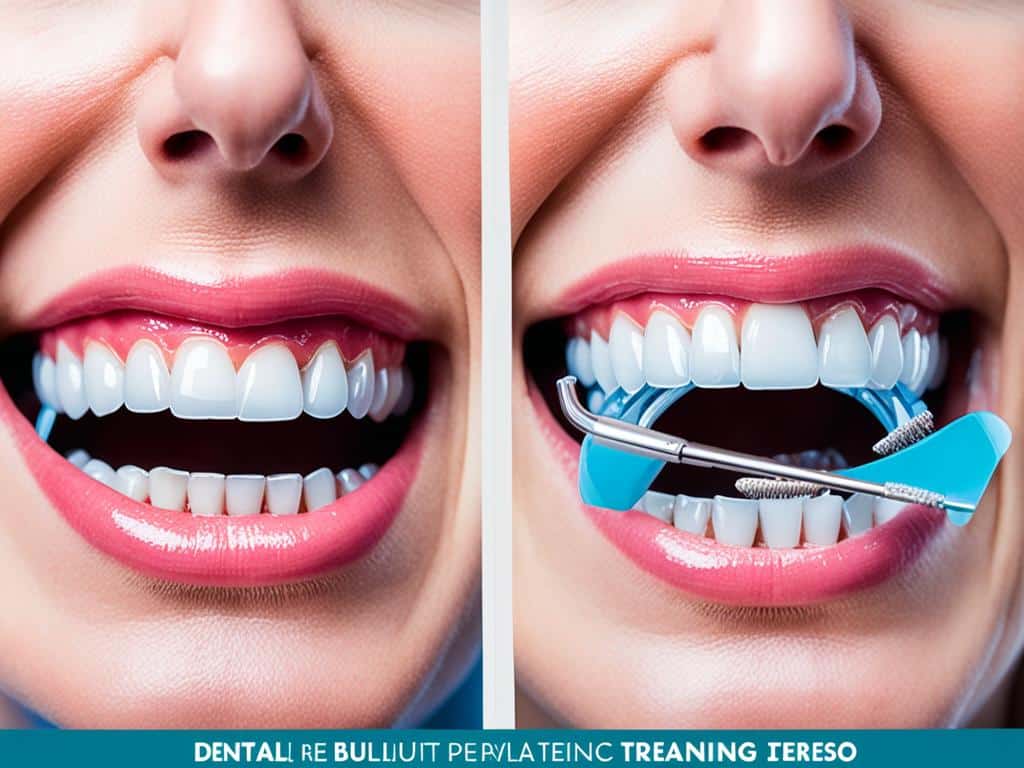
Deep Cleaning Explained
Deep cleaning is more thorough and involves scaling and root planing. The process removes plaque and tartar from above and below the gumline, smoothing out the roots. This helps gum tissue reattach to the teeth, improving gum health significantly.
Tools and Techniques Used
Dental professionals employ various tools for deep cleaning. Hand tools are standard, but many opt for ultrasonic scalers to break up hard plaque and tartar. Some offices may even use lasers for precision and efficiency. These advanced methods ensure optimal cleaning, promoting better gum health and mitigating periodontal disease.
Benefits of a Periodontal Cleaning
Undergoing a periodontal cleaning can significantly improve oral health while addressing the serious effects of gum disease. One significant advantage is that it helps prevent tooth loss by thoroughly cleaning the areas beneath the gum line, where bacteria thrive.
Another vital benefit is the reduction of gum pocket depths, which helps reduce gum inflammation and sensitivity. This process leads to healthier gums that are less likely to bleed or have pockets where bacteria can grow.
Moreover, addressing these issues can improve overall oral health, potentially reducing the risk of heart and lung diseases associated with gum infections. Besides, fresher breath and an overall enhancement in dental aesthetics are additional benefits you’ll enjoy.
The table below outlines the key benefits of periodontal cleaning:
| Key Benefits | Details |
|---|---|
| Prevent Tooth Loss | By thoroughly cleaning beneath the gum line, bacteria and plaque are removed, reducing the risk of losing teeth. |
| Improve Oral Health | Regular cleanings help maintain healthier gums and teeth, reducing the risk of heart and lung diseases. |
| Reduce Gum Inflammation | Reducing gum pockets helps lessen inflammation, bleeding, and sensitivity. |
| Enhance Dental Aesthetics | Cleaner, healthier teeth and gums contribute to fresher breath and improved appearance. |
What To Expect During the Procedure
When preparing for a periodontal cleaning, you’ll first undergo a comprehensive periodontal examination. This initial step is crucial for assessing the condition of your gums and teeth, allowing the dental professional to measure gum pockets and identify areas of concern. This thorough oral health check ensures that the cleaning process is tailored to your specific needs.
Initial Examination
During the periodontal examination, the dentist or hygienist will measure the depth of the pockets around your teeth. This helps them understand the extent of any gum disease. They may also take X-rays to get a better view of the underlying bone structure. This oral health check is essential for creating a targeted treatment plan.
The Cleaning Process Itself
The cleaning process starts with local anesthesia to ensure you’re comfortable. The dentist or hygienist will then use specialized tools to perform scaling and root planing. Scaling removes plaque and tartar from above and below the gumline. Root planing smoothens the tooth roots, helping your gums reattach. This thorough cleaning is vital for maintaining your dental care routine.
Post-Cleaning Care
After the procedure, you’ll receive advice on how to improve your daily dental care routine. Follow-up appointments might be necessary to monitor your healing and ensure that your gums are reattaching correctly. Maintaining an effective dental care routine post-cleaning is essential for long-term periodontal health and preventing future issues.
Conclusion
Understanding what a periodontal cleaning is and recognizing its role in managing gum disease is essential for maintaining oral health. This procedure goes beyond a standard cleaning, targeting the roots beneath the gums to prevent further complications.
Being proactive about your dental hygiene is key to dental prevention. At the first sign of gum issues, seek professional advice. This strategy helps ensure your natural teeth last longer and keeps your smile healthy.
By regularly scheduling periodontal cleanings, you’re not just addressing existing problems but also taking a vital step in maintaining oral health. Stay informed and committed to your dental routine to enjoy a confident, beautiful smile for years.

